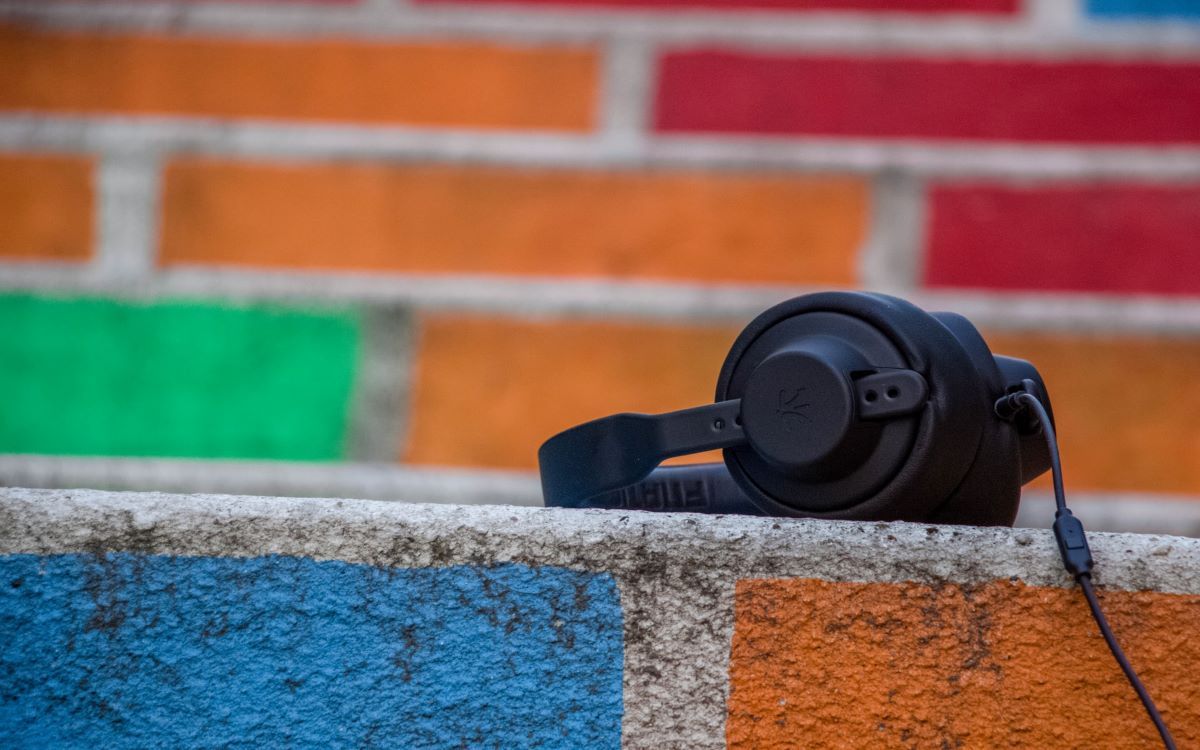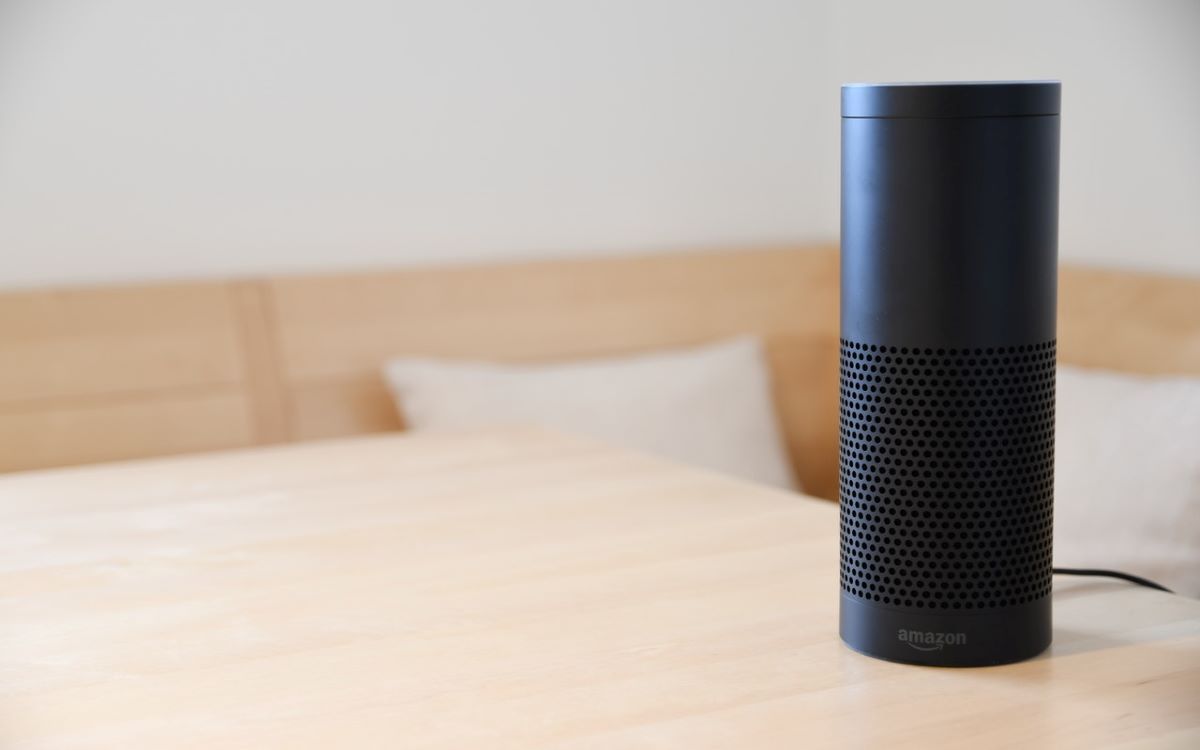Amazon has been in the music streaming business for over a decade. Over the years it has made a name for itself with numerous launches that include a free streaming tier, a service exclusive to subscribers to Amazon Prime, and an Apple Music and Spotify rival service named Amazon Music Unlimited.
If you are an audiophile, chances are you have already heard about it. If you haven’t then stay tuned as this article explains what Amazon Music HD is, details its key features, and whether or not it is worth it.
What Is Amazon Music HD?
Amazon Music HD offers premium quality streaming music, with over 70 million songs in lossless High Definition (HD) and millions of songs in Ultra HD. Amazon Music HD includes thousands of songs in 3D audio, which promises to deliver an immersive listening experience that offers more depth and clarity than traditional streaming music.
New and existing subscribers to the Amazon Music Unlimited Plans are able to upgrade to Amazon Music HD at no extra cost.
Amazon rolled out its "lossless" streaming service in 2019, accompanied by claims that Spotify and Apple are unable to match it. Amazon Music HD offers lossless audio in two quality ranges: HD and Ultra HD. In comparison, most standard streaming services currently offer Standard Definition (SD) with a bitrate of up to 320kbps.
These audio files use lossy compression, whereas, Amazon Music HD preserves the original recording information to deliver the highest quality sound available, more than 2x the bitrate in HD and more than 10x the bitrate at the highest Ultra HD bitrate.
The streaming service will set you back $7.99 a month for Prime members and $9.99 a month for non-Prime members. Amazon also announced in May 2021 that Amazon Music HD is now available to all Amazon Music Unlimited subscribers at no additional cost, providing more music fans access to premium sound quality streaming.
Amazon Music HD claims to support iPhones and iPads released since 2014 (devices running on iOS 11, or later) can support HD/Ultra HD (up to 24-bit, 48kHz) without any additional equipment, whilst most Android devices running Android Lollipop, released in 2014, or later are supported.
What Is Lossless Audio?
Most audio compression techniques lose some amount of data contained in the original source file. This occurs when music is compressed into an MP3 format in order to discard all the sounds a machine thinks cannot be audibly perceived by the human ear. This reduces the amount of storage needed to hold entire albums.
The issue with this form of compression is that bits of the discarded audio can be perceived and listeners are left with the feeling that they're listening to lower quality music. To use lossless audio, you will require a player that supports it.
What Is HD Music?
High-Definition audio, also referred to as HD audio is a term for audio files with greater than 44.1kHz sample rate or higher than 16-bit audio bit depth. Unlike standard streaming music tracks, HD music uses lossless compression (as mentioned earlier in this article) whereby more information from the original recording is preserved, in order to be considered HD, music tracks need to be lossless.
Pros and Cons of HD Music:
|
Pros |
Cons |
|---|---|
|
• Audio quality is excellent, you can hear a stark difference when compared to standard audio. • Less noise present at low volume. |
• Higher prices for HD plans on streaming music services. • In order to achieve the best playback, you will require more expensive gear. • Data usage is higher when streaming HD music and downloads take up more space. |
There are several streaming services currently offering HD music options, including Tidal, Qobuz, and of course Amazon Music HD. Each of these services reaches the minimum requirements for HD quality while additionally providing an even higher quality streaming option, referred to as hi-res, Ultra HD, master audio, or studio audio.
How to Get the Most Out of Amazon Music HD
In order to get the most out of Amazon Music HD, it may be worth exploring new ways to stream HD and CD-quality. Such methods include the use of fast and strong internet connection, good quality headphones, and good quality multi-room audio systems.
Fast and Strong Internet Connection
It is recommended to stream HD or Ultra HD when you are connected to Wi-Fi, this is because lossless streaming can eat up mobile data relatively fast. Amazon recommends an internet connection of 1.5 to 2Mbps for HD streaming and 5 to 10Mbps for Ultra HD streaming.
Invest in Good Quality Headphones
Listening to Amazon Music HD through a good set of headphones will give you a fantastic audio experience, in addition headphones (and speakers) with a frequency response of 20Hz to 20kHz are recommended to best appreciate the HD playback.
Invest In a Good Quality Multi-Room Audio System
A high-quality multi-room audio system can make all the difference. If you are playing music over cheap bluetooth speakers, it won't do Amazon Music HD justice.
High-quality audio systems have the capability of playing full high-resolution music. This will allow you to listen to Amazon’s Ultra HD tracks throughout your entire home.
Consider User Experience and Costs
Is Amazon Music HD worth it? Amazon Music HD is ideal for anyone in search of a vast selection of high-resolution music. At just $12.99 a month for pre-existing Prime members, it’s one of the most affordable high-resolution streaming services available.
Music HD is a great deal even for non-Prime members who can get the streaming service for £5/$5 a month less than a Tidal subscription. Subscribing to Amazon Music HD affords you access to an extensive library of CD-quality music from global artists and bands, in addition to a great user experience.
Amazon Music HD asserts itself as a contender against other premium music streaming services. If you are after quality audio and accessibility, you are likely to be very satisfied with a subscription to Amazon Music HD.



